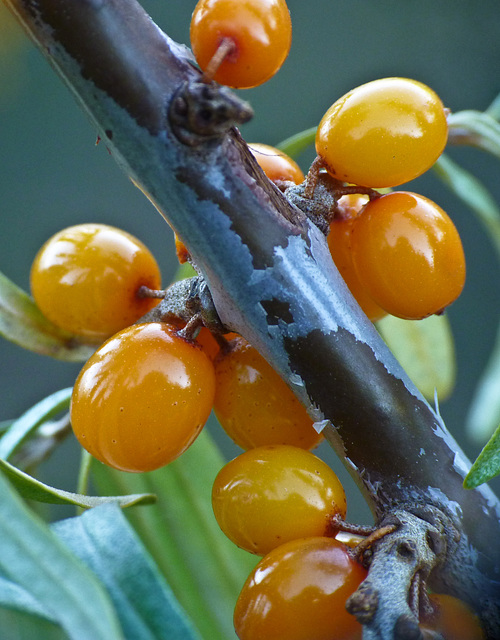Fairy puke / Icmadophila ericetorum
Study in contrasts
Natural curls
Echinacea with bokeh
Common Sargeant / Athyma perius
Split gill fungi / Schizophyllum commune?
Flat-topped Coral / Clavariadelphus truncatus
Lovin' the sun
The perfect coil
Alone
Remembering the colours of summer
Possibly Laccaria proxima?
Eriogonum species (flavum?)
Love a splash of colour
Picklejar Lakes trail, Kananaskis
Saskatoon flowers
Yellow Bells / Fritillaria pudica
: )
Happy Birthday, Fiona
Little mouser
Northern Pygmy-owl
Knitting pattern: knit 2, purl 1
Crested wheatgrass
Calgary was the 2nd coldest place on earth yesterd…
A real character
Pink bokeh
Spots before my eyes
Happy Thanksgiving to all my American Flickr frien…
Silky Scorpionweed / Phacelia sericea
Alfalfa
Northern Valerian
Partial compression
Northern Pygmy-owl
Sharp-tailed Grouse
Golden Eagle
Looking for lunch
The demise of a Meadow Vole
Echinacea
Tiny tightrope walkers
Toothed fungus / Hydnellum caeruleum
Tropical orange
Forest beauty
Coming in to land
From pale to vibrant
Coral Fungus
Louisiana Broomrape / Orobanche ludoviciana
Carnivorous Sundew
Common Sargeant, Athyma perius
Still finding 'em
Deep in the dark forest
Deceptive beauty
Pretty little lady
Mushroom, moss and bokeh
What kind of Poppies? Hens & Chicks Poppies : )
A pleasant memory
Poppy burst
Second best
Shaggy
Orange Hawkweed
From the archives
Doug, may your spirit always be free to roam
Hammered Shield Lichen / Parmelia sulcata
Lichens from Marsden Creek, Kananaskis
One of my favourite old finds
Raymond Nadeau's lichens
Frozen
Fall, last year
Gray Cracker / Hamadryas februa
One of my favourite finds from a year ago
Creeping
Little pink trumpets
Fall display
Taking a swim
On marbled waters
Split gill
Reaching out
A little splash of red
Please release me .. let me go
Making a statement
Need colour in your life?
Another shroom
Paintbrush / Castilleja miniata
Tiny beauty on a log
Kalm's Lobelia / Lobelia kalmii
Alfalfa
Pebbled Pixie-cup Cladonia / Cladonia pyxidata
Allium and bokeh
Tropical beauty
Common Sergeant Butterfly
Feather stripes
Tiny parasol
Last summer
Backlit Lily
Clash of colours
A tip o' the hat - Happy St. Patrick's Day!
Youth and old age
Visited by an invisible spider
So, where IS spring?
Puffballs
Autumn Crocuses
Nodding Onion with a visitor
Golden Sedge / Carex aurea
Wolf Milk's Slime
Mountain Bluebird
Small/Northern Grass-of-Parnassus / Parnassia parv…
A taste of what's to come
Textured
Lily
Earthstar
Location
Keywords
Authorizations, license
-
Visible by: Everyone -
All rights reserved
-
273 visits
Sea Buckthorn berries


A photo from my archives, taken on 2 October 2010. Photographed (macro) these beautiful, shiny Sea Buckthorn berries at South Glenmore Park. Also referred to as sandthorn, sallowthorn or seaberry.
"Sea-buckthorn berries are edible and nutritious, though very acidic (astringent) and oily, unpleasant to eat raw, unless 'bletted' (frosted to reduce the astringency) and/or mixed as a juice with sweeter substances such as apple or grape juice.
When the berries are pressed, the resulting sea-buckthorn juice separates into three layers: on top is a thick, orange cream; in the middle, a layer containing sea-buckthorn's characteristic high content of saturated and polyunsaturated fats; and the bottom layer is sediment and juice. Containing fat sources applicable for cosmetic purposes, the upper two layers can be processed for skin creams and liniments, whereas the bottom layer can be used for edible products like syrup.
Nutrient and phytochemical constituents of sea-buckthorn berries may have potential effect in inflammatory disorders, cancer prevention or positive effect on bone marrow after chemotherapy or other diseases, although no specific health benefits have yet been proven by clinical research in humans.
The fruit of the plant has a high vitamin C content – in a range of 114 to 1550 mg per 100 grams with an average content (695 mg per 100 grams) about 15 times greater than oranges (45 mg per 100 grams) – placing sea-buckthorn fruit among the most enriched plant sources of vitamin C."
en.wikipedia.org/wiki/Sea-buckthorn
"Sea-buckthorn berries are edible and nutritious, though very acidic (astringent) and oily, unpleasant to eat raw, unless 'bletted' (frosted to reduce the astringency) and/or mixed as a juice with sweeter substances such as apple or grape juice.
When the berries are pressed, the resulting sea-buckthorn juice separates into three layers: on top is a thick, orange cream; in the middle, a layer containing sea-buckthorn's characteristic high content of saturated and polyunsaturated fats; and the bottom layer is sediment and juice. Containing fat sources applicable for cosmetic purposes, the upper two layers can be processed for skin creams and liniments, whereas the bottom layer can be used for edible products like syrup.
Nutrient and phytochemical constituents of sea-buckthorn berries may have potential effect in inflammatory disorders, cancer prevention or positive effect on bone marrow after chemotherapy or other diseases, although no specific health benefits have yet been proven by clinical research in humans.
The fruit of the plant has a high vitamin C content – in a range of 114 to 1550 mg per 100 grams with an average content (695 mg per 100 grams) about 15 times greater than oranges (45 mg per 100 grams) – placing sea-buckthorn fruit among the most enriched plant sources of vitamin C."
en.wikipedia.org/wiki/Sea-buckthorn
- Keyboard shortcuts:
Jump to top
RSS feed- Latest comments - Subscribe to the comment feeds of this photo
- ipernity © 2007-2024
- Help & Contact
|
Club news
|
About ipernity
|
History |
ipernity Club & Prices |
Guide of good conduct
Donate | Group guidelines | Privacy policy | Terms of use | Statutes | In memoria -
Facebook
Twitter

Sign-in to write a comment.